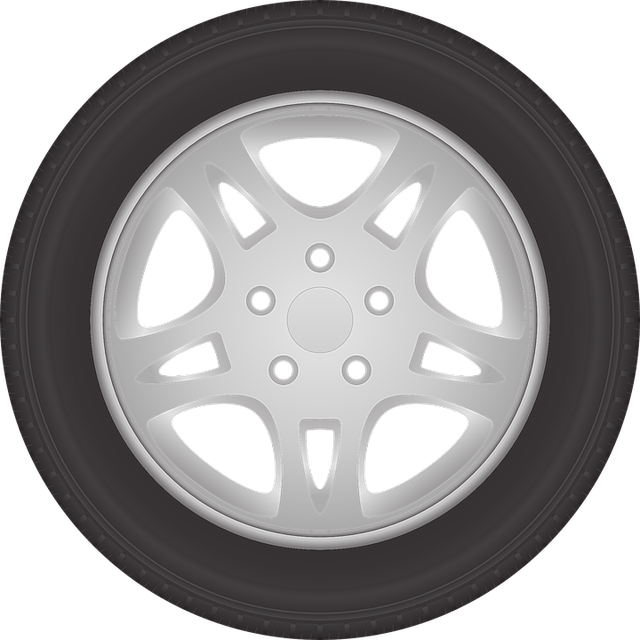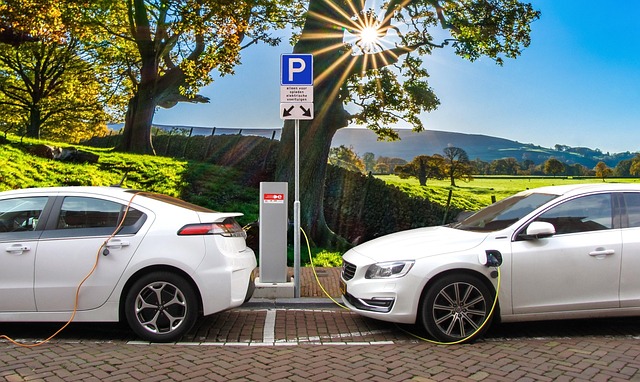“Looking to register your car in California? This comprehensive guide walks you through the entire process, ensuring a smooth transition. From understanding state requirements for car registration, to gathering essential documents for VIN verification, this article is your go-to reference. Learn how to perform a Vehicle Identification Number (VIN) check, select the right registration type, and pay associated fees efficiently. By following these steps, you’ll be on your way to receiving your official California registration documents in no time.”
- Understand California Car Registration Requirements
- Gather Necessary Documents for VIN Verification
- Perform Vehicle Identification Number (VIN) Check
- Choose an Appropriate Registration Type and Pay Fees
- Submit Application and Receive Your Registration Documents
Understand California Car Registration Requirements

Before registering your car in California, it’s crucial to understand the state’s specific requirements for vehicle identification number (VIN) verification. The California Department of Motor Vehicles (DMV) mandates a thorough inspection of a car’s VIN to ensure its authenticity and prevent fraud. This process involves cross-referencing the VIN with national databases to confirm that the vehicle matches the information on record, including its make, model, year, and other specifications.
Additionally, California offers options like mobile VIN verification through specialized services, such as a mobile vin verifier or vin inspection conducted by certified professionals. These services can streamline the registration process by providing convenient and accurate VIN checks directly at your location, saving you time and effort. Utilizing these resources ensures that your car’s registration complies with all necessary standards, making the overall registration experience smoother and more efficient.
Gather Necessary Documents for VIN Verification

Before you begin the car registration process in California, ensure you have all the necessary documents for VIN (Vehicle Identification Number) verification. This step is crucial as it ensures your vehicle’s authenticity and helps prevent theft or fraudulent registration. Gather the following: your vehicle’s registration certificate from the previous state, proof of ownership, a valid driver’s license, and your current insurance card. Additionally, you might need to provide a completed California Vehicle Registration application form.
For a hassle-free process, consider conducting a mobile VIN verification service, which allows you to get your vehicle checked remotely. This method is especially useful if you’re busy or have difficulty visiting an official center. A mobile VIN inspection ensures accuracy and saves time, making it a convenient option for California residents looking to register their vehicles efficiently.
Perform Vehicle Identification Number (VIN) Check

Before registering your car in California, it’s crucial to perform a Vehicle Identification Number (VIN) check. This step is essential for ensuring that the vehicle you’re planning to register is legitimate and has not been reported as stolen or had its identity altered. A VIN verification helps to establish the vehicle’s history, which is critical information for both buyers and sellers.
You can conduct a VIN inspection using either a mobile vin verifier or by visiting a California Department of Motor Vehicles (DMV) office. The mobile vin inspection option provides convenience, allowing you to complete this requirement from the comfort of your home or workplace. Alternatively, many DMV locations offer on-site vin verification services as part of their registration process. This thoroughness ensures that all necessary checks are done to maintain California’s vehicle registration integrity.
Choose an Appropriate Registration Type and Pay Fees

When registering your car in California, the first step is to determine the appropriate registration type based on your vehicle’s classification and intended use. There are various options available, such as private passenger, commercial, or classic car registrations. Each category has specific requirements and associated fees. It’s crucial to select the correct one to ensure a smooth registration process.
After choosing the right registration type, you’ll need to pay the corresponding fees. California Department of Motor Vehicles (DMV) charges vary based on vehicle age, make, and model. You can opt for online payment methods or visit a DMV field office to complete the transaction. Additionally, consider utilizing mobile vin verification services, such as those offered by trusted mobile vin inspectors, to streamline the process further and ensure your vehicle’s information is accurate before registration.
Submit Application and Receive Your Registration Documents

After you’ve gathered all the required documents and ensured your vehicle meets California’s standards, it’s time to submit your application. This can be done online or in person at a local DMV office. When applying, make sure to include your Vehicle Identification Number (VIN) for verification purposes. VIN verification is a crucial step to ensure the accuracy of your registration.
Upon submission, you’ll receive your registration documents in the mail. These documents will outline important information about your vehicle’s registration, including expiration dates and any associated fees. It’s advisable to keep these records handy for future reference or when dealing with insurance companies or law enforcement. Additionally, consider utilizing a mobile vin inspection service if you prefer a more convenient way to verify your VIN during the registration process.
Registering a car in California involves understanding specific requirements, gathering essential documents for VIN verification, and choosing the right registration type. By meticulously navigating these steps—from performing a VIN check to submitting your application—you’ll be well on your way to ensuring your vehicle’s legal status in the Golden State. Remember, accurate documentation and timely fees are key to a smooth process.
